Care Of Allegra Echeveria – How To Grow An Echeveria ‘Allegra’ Plant


Allegra succulents, with bluish-green leaves and showy flowers, are some of the most sought-after echeverias. Available on several online succulent sites, you may find this plant in local nurseries that sell succulents as well. Described as having a ruffled appearance, the rosettes of this plant are bigger than those of some echeveria varieties.
Allegra Echeveria Growing Info
Learning about Echeveria ‘Allegra’ before growing it can help keep your plant happy and healthy. As with other succulent specimens, grow this plant in a gritty, well-draining soil. Amend your potting soil or make your own. It is simple, there are many instructions online and more information here. Allegra echeveria growing in containers and those planted in the ground need excellent drainage so water does not remain on the roots. Unlike traditional container plants, echeveria should be allowed to dry out completely before watering again. They do not need soil that retains water. Those of us accustomed to growing houseplants other than succulents must re-learn watering techniques for success when growing these plants, as they store water in their leaves. They can sometimes get the water they need just from high humidity. Always doublecheck the soil and the appearance of the echeveria ‘Allegra’ plant leaves before adding more water. Wrinkled, thinning leaves sometimes indicate it is time to water. Check the soil to make sure it is dry. When possible, irrigate with rainwater only. If you move your plants inside during winter, consider the conditions there. If you use heat and plants are hot and dry, they may need more water than when they were outside. Normally, we water succulents less in winter, but each situation will vary. As you get to know your plant, you’ll learn more about when to water it. It is always best to drench plants until water comes out of the drainage holes. Care of Allegra echeveria includes the right lighting, which is full morning sun. Afternoon sun in spring or autumn may be satisfactory for echeverias, but summer’s heat often damages the plant. Leaves can scald from sun that is too hot. Leaves remain on this plant for an extended time and don’t give the best appearance when scarred. Roots may be damaged from temperatures and sunshine that is too hot. Provide at least partial or dappled afternoon shade for echeverias in summer, especially those growing in the ground. Keep your Allegra succulents in top shape with a spring-time feeding. Most succulent soil mixes are not rich in nutrients. Give your plants a boost with a weak mix of a low nitrogen fertilizer. Most recommend using it at about one-quarter strength. You may also feed with a weak compost tea. This keeps plants healthy and better able to resist pests and disease.
Gardening tips, videos, info and more delivered right to your inbox!
Sign up for the Gardening Know How newsletter today and receive a free copy of our e-book "How to Grow Delicious Tomatoes".

Becca Badgett was a regular contributor to Gardening Know How for ten years. Co-author of the book How to Grow an EMERGENCY Garden, Becca specializes in succulent and cactus gardening.
-
 Terrifically Tubular Flowers For Hummingbirds: 9 Tube-Flowered Plants To Attract Hummers
Terrifically Tubular Flowers For Hummingbirds: 9 Tube-Flowered Plants To Attract HummersGrowing tubular flowers for hummingbirds helps you create the optimum feeding conditions for your winged friends. Here are nine tubed delights for hummers
By Tonya Barnett
-
 How To Grow Hydroponic Tomatoes For Fresh Indoor Harvests – No Soil Required
How To Grow Hydroponic Tomatoes For Fresh Indoor Harvests – No Soil RequiredLearning how to grow tomatoes in water is easy and allows you to harvest fresh-home-grown produce in every season without any mess.
By Ellen Wells
-
 Echeveria Pallida Plant Info: Growing Argentine Echeveria Succulents
Echeveria Pallida Plant Info: Growing Argentine Echeveria SucculentsIf you enjoy growing succulents, then Echeveria pallida may be just the plant for you. Click here to learn about Argentine echeveria plants.
By Becca Badgett
-
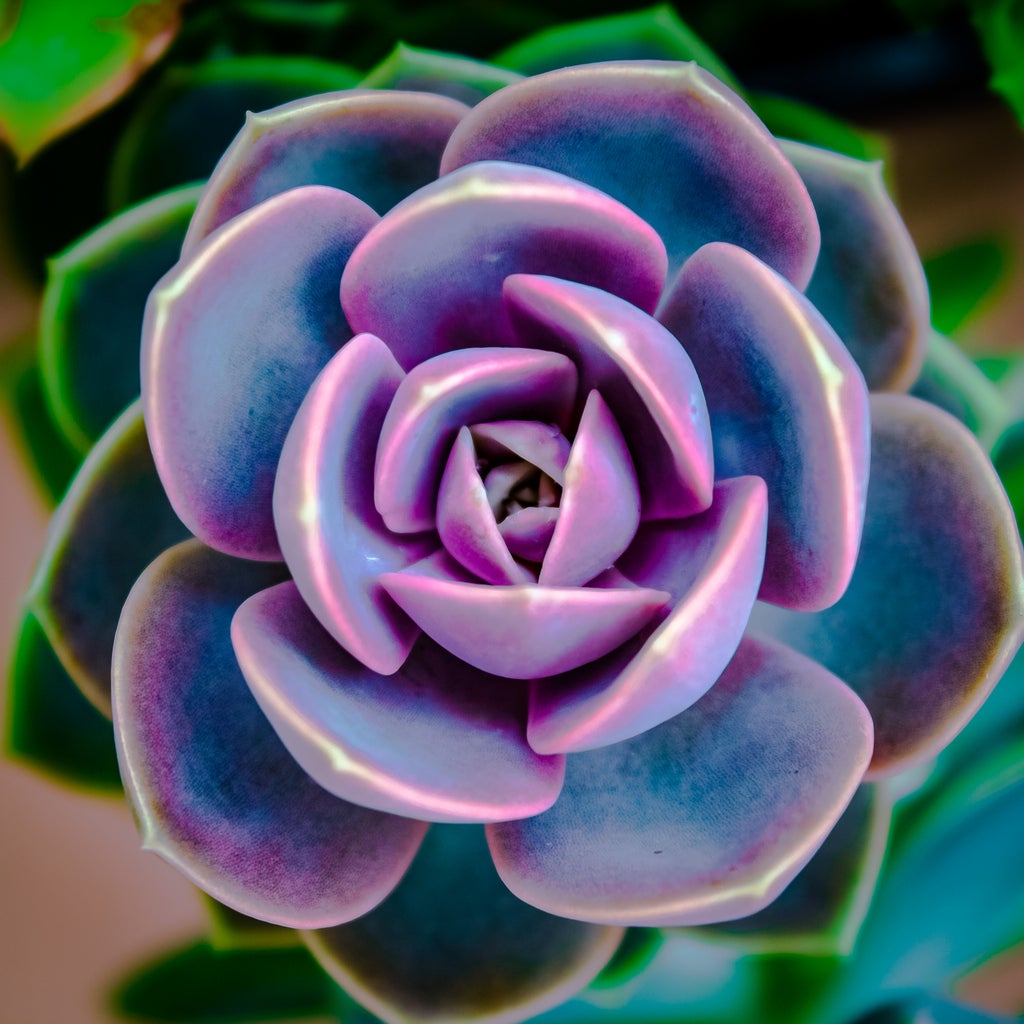 Perle Von Nurnberg Info: What Is A Perle Von Nurnberg Plant
Perle Von Nurnberg Info: What Is A Perle Von Nurnberg PlantEcheveria are some of the easiest succulents to grow, and the Perle von Nurnberg plant is one of the prettiest examples of the group. Click here for some comprehensive Perle von Nurnberg information.
By Bonnie L. Grant
-
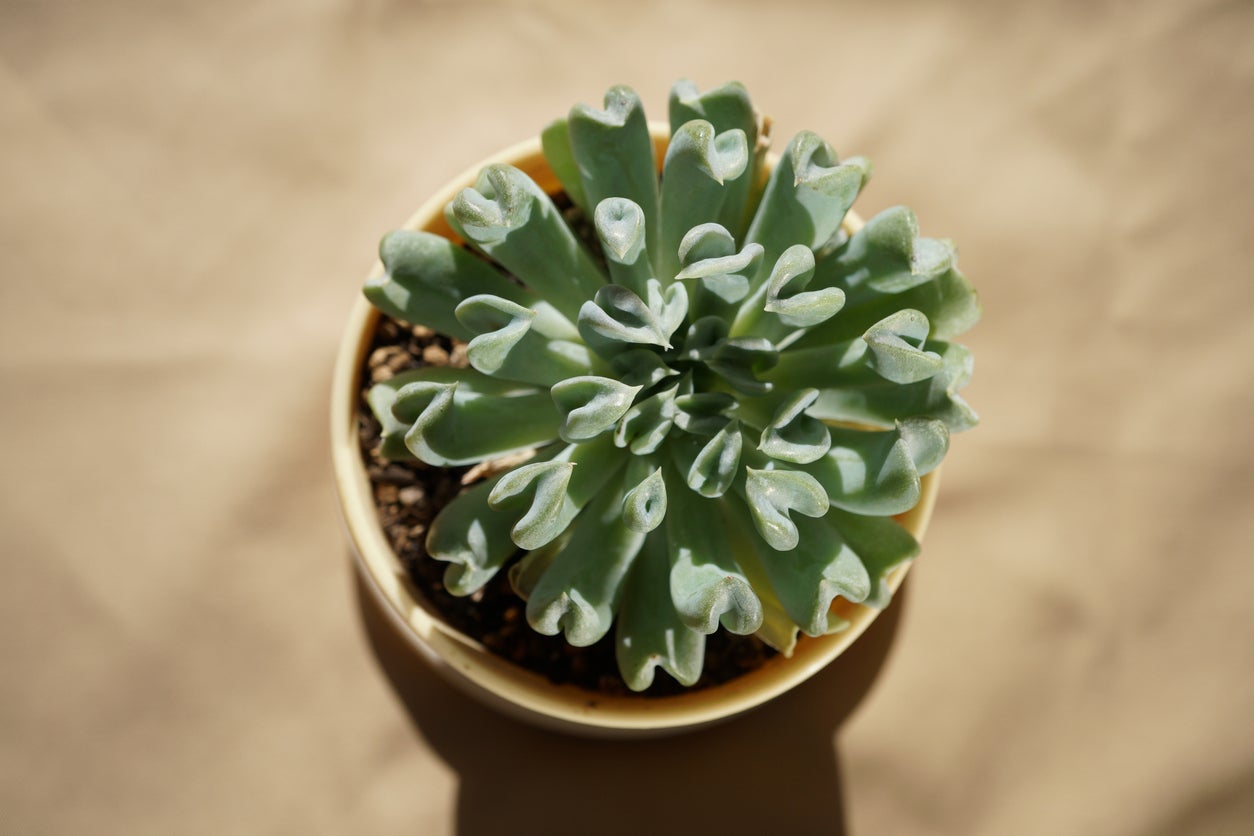 Topsy Turvy Echeveria Care: How To Grow A Topsy Turvy Plant
Topsy Turvy Echeveria Care: How To Grow A Topsy Turvy PlantSucculents are varied and come in a lot of different shapes and colors. A Topsy Turvy plant is a stunning type of echeveria, one large group of succulents, that is easy to grow and adds visual interest to desert beds and indoor containers. Learn more in this article.
By Mary Ellen Ellis
-
 Arctic Ice Succulent: What Is An Arctic Ice Echeveria Plant
Arctic Ice Succulent: What Is An Arctic Ice Echeveria PlantSucculents are enjoying immense popularity as party favors, particularly as wedding take away gifts. If you have been to a wedding lately, you may have come away with an Echeveria ‘Arctic Ice’ succulent, but how do you care for it? This article will help.
By Amy Grant
-
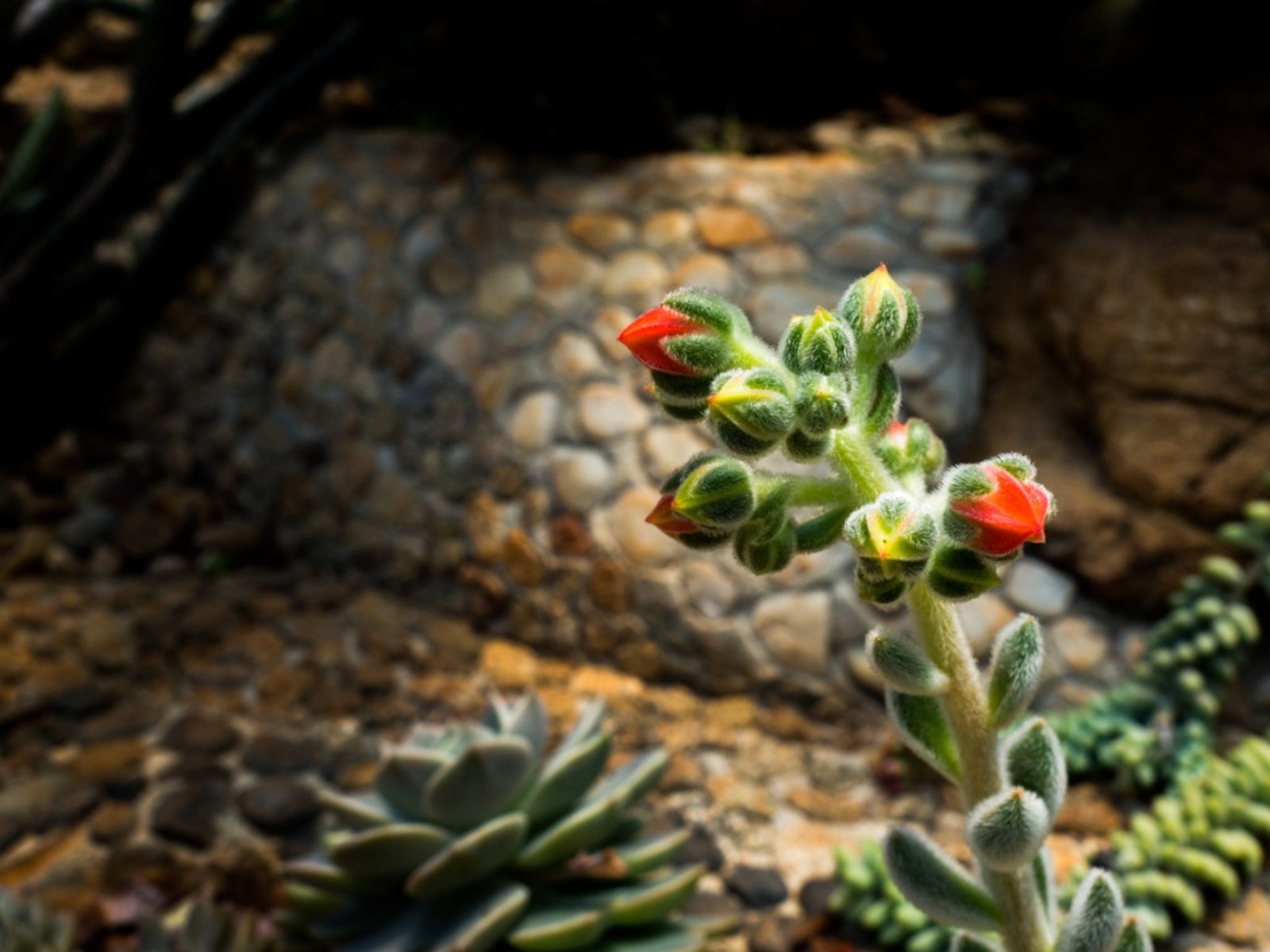 Doris Taylor Succulent Info: Tips On Growing A Woolly Rose Plant
Doris Taylor Succulent Info: Tips On Growing A Woolly Rose PlantEcheveria "Doris Taylor," also called the woolly rose plant, is a favorite of many collectors. If you’re not familiar with this plant, you may ask what is a woolly rose succulent? Click this article to learn more about this interesting succulent plant.
By Becca Badgett
-
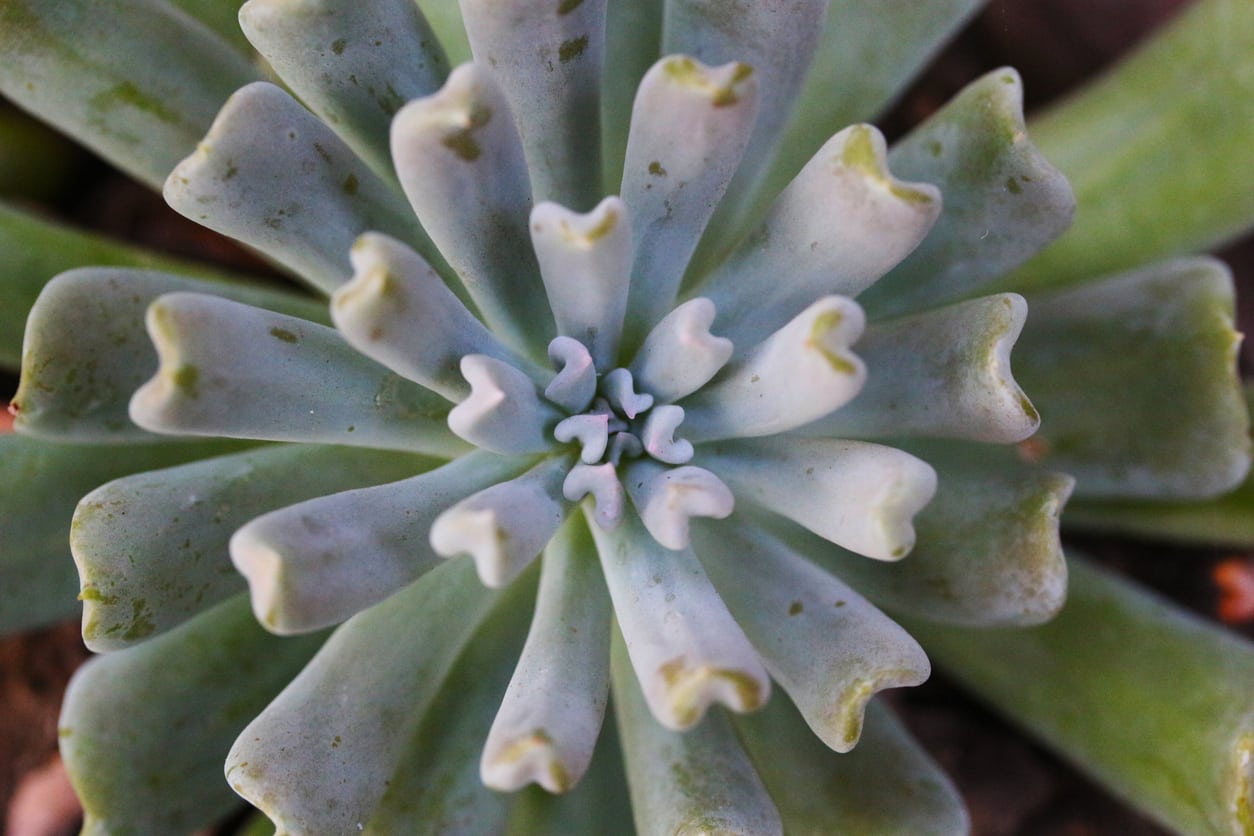 Irish Mint Echeveria Info: How To Grow An Irish Mint Succulent
Irish Mint Echeveria Info: How To Grow An Irish Mint SucculentEcheveria is a genus of stonecrop plants with a huge variety of species and cultivars, many of which are very popular in succulent gardens and collections. One beautiful and easy-care variety is Echeveria ‘Irish Mint.’ Click here for more info on this echeveria plant.
By Liz Baessler
-
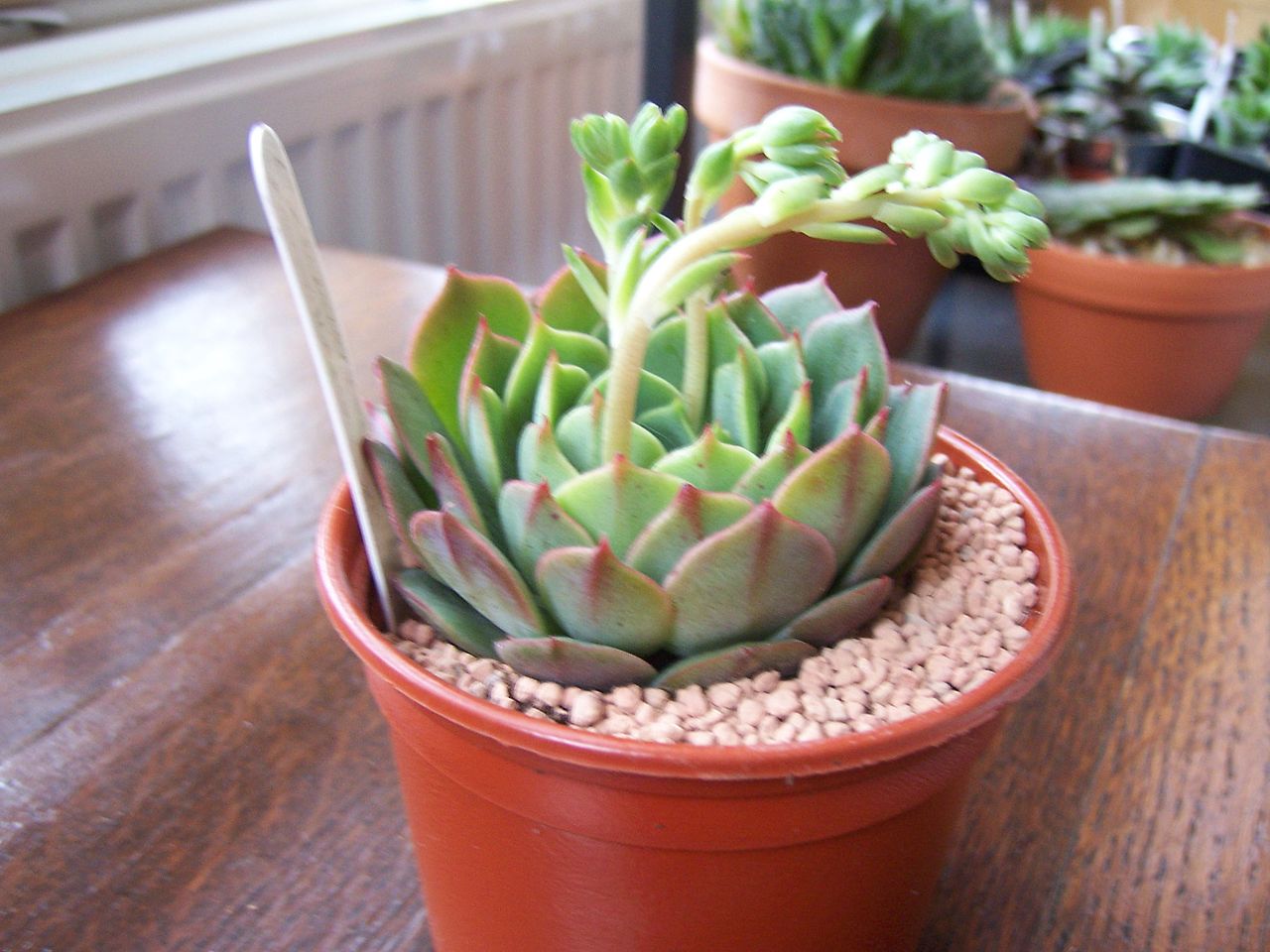 Caring For Ramillette Echeverias – Information About Ramillette Succulents
Caring For Ramillette Echeverias – Information About Ramillette SucculentsThe Ramillette echeveria plant is also called Mexican hens and chicks, but don’t be misled. These plants are only hardy in USDA zones 9-11 for year-round outdoor planting and growing. Click here to learn more about caring for a Ramillette echeveria plant.
By Becca Badgett
-
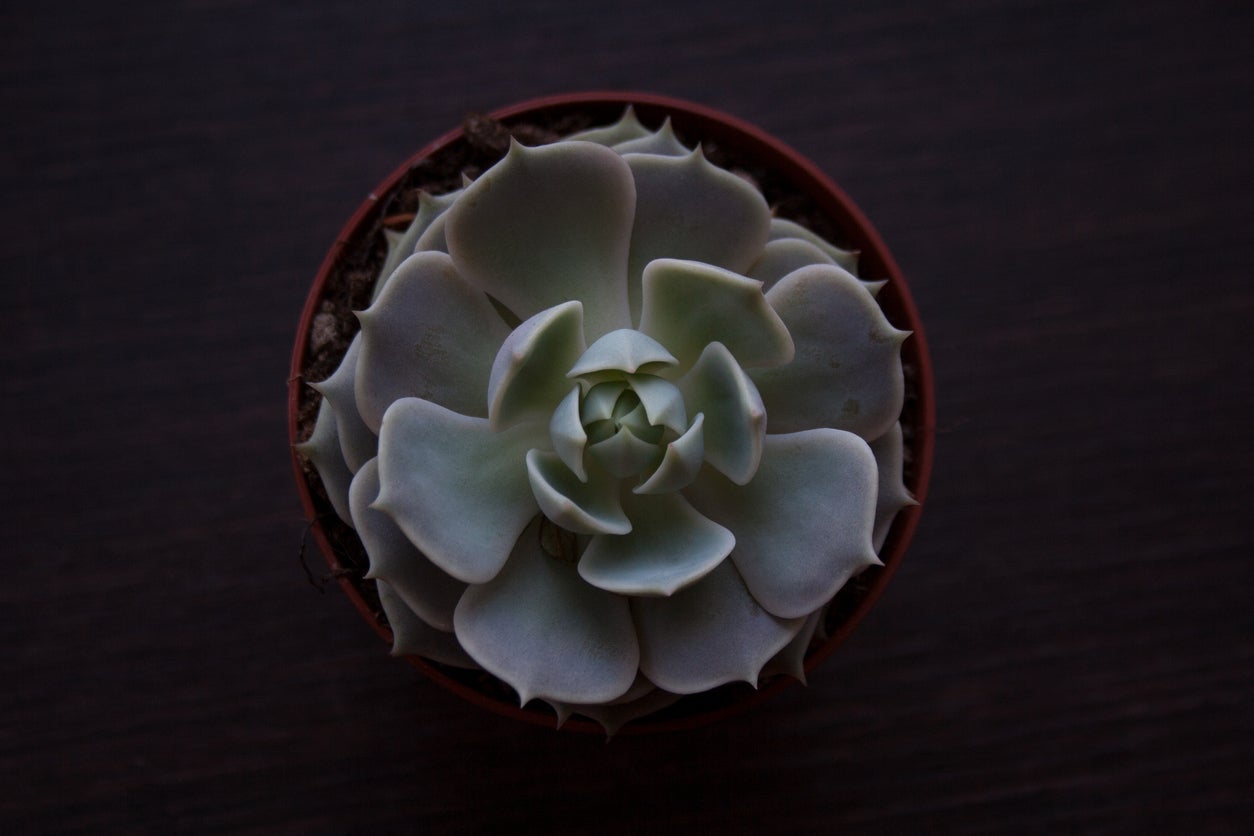 Echeveria ‘Lola’ Info: Learn How To Care For A Lola Echeveria
Echeveria ‘Lola’ Info: Learn How To Care For A Lola EcheveriaAnother of the most commonly owned succulents, the popular Echeveria ‘Lola’ plant is a beautiful, rosette that may be surrounded by pups. Offsets produce readily on this grayish-blue leafed favorite. Growing Lola echeveria is simple too, and this article will help.
By Becca Badgett